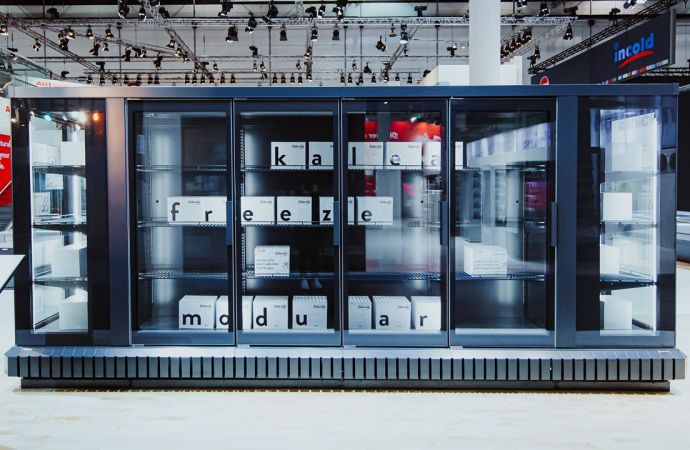The U.S. Fire Protection Research Foundation has evaluated the fire hazard posed by flammable refrigerants and Target’s Paul Anderson will discuss the results at the upcoming conference in September.

At the upcoming FMI Energy & Store Development conference on 24-27 September in Orlando, Fla.), Paul Anderson, senior director of engineering at retailer Target, will present the U.S. Fire Protection Research Foundation’s evaluation of the fire hazard posed by flammable refrigerants as a pathway to raising charge limits.
Target is a co-leader, alongside the North American Sustainable Refrigeration Council (NASRC), of the Fire Protection Research Foundation’s research project aimed at evaluating the fire hazard posed by up to 1,000g of flammable (ASHRAE Class A3) refrigerants such as propane.
In November 2016, Anderson circulated an email seeking sponsors for the program, which was launched in January 2017 and completed last month (Anderson is chairperson of NASRC and sits on the FMI E&SD conference planning committee).
Minneapolis-based Target has installed self-contained refrigerated cases using propane (R290) refrigerant in 580 of its more than 1,800 U.S. stores.
The project is expected to lay the groundwork for raising the 150g federal charge limit on hydrocarbon refrigerants, according to Amanda Kimball, project manager for the Fire Protection Research Foundation, an affiliate of the National Fire Protection Association, based in Quincy, Mass.
There is a need to assess the fire hazard of Class A3 refrigerants, and specifically propane, in large volumes."
– Amanda Kimball, the Fire Protection Research Foundation
“There is a need to assess the fire hazard of Class A3 refrigerants, and specifically propane, in large volumes,” said the Fire Protection Research Foundation’s letter, authored by Kimball. “Results could support an increase in charge limits and offer alternatives to traditional refrigerants in more applications.”
The overall goal of the project, explained Kimball, is to evaluate the fire hazard of up to 1,000g of propane in refrigeration appliances used in a commercial retail setting. “Previous work has been completed on Class A2L refrigerants, but Class A3 refrigerants need more study to provide technical basis for any changes to the current limits for use in refrigerator units,” she wrote.
The project will leverage computational fluid dynamics and FMEA (failure modes and effects analysis) processes to develop specific recommendations on how to mitigate the risk of using A3 refrigerants with charge sizes greater than 150g.
The Fire Protection Research Foundation is not the only U.S. group conducting research into flammable refrigerants. Last year, a $5.2 million research program focused on risks associated with flammable refrigerants was announced by its primary backers, the U.S. Department of Energy, the Air Conditioning, Heating and Refrigeration Institute (AHRI), and the American Society of Heating, Refrigerating and Air Conditioning Engineers (ASHRAE). The research initially focused on mildly flammable (A2L) refrigerants, and was expanded to include A3 refrigerants.
Related stories




